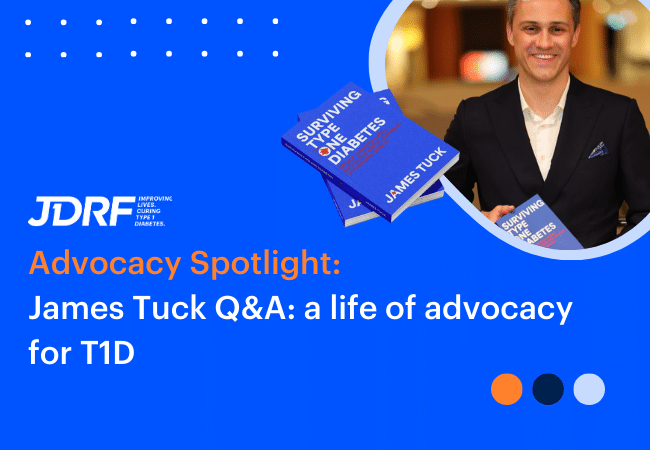Tips for young drivers with type 1 diabetes (and their parents)

Ready to get your driver licence – your Ls, Ps or full licence? It’s understandable that you can’t wait to hit the road (while your parents/carers may be a bit more nervous about it all!). As always, living with type 1 diabetes (T1D) shouldn’t stop you from living your best life – there are just a few more things that need to be considered before you get behind the wheel.
Your T1D Fitness to Drive assessment
People with T1D need to provide a medical report (called a Fitness to Drive assessment) to their state roads authority before they can get a driver licence. You can get this report from your diabetes team.
- Before trying for a licence (whether it’s your Ls, Ps or full licence), check with your diabetes team and ask them about getting a medical assessment for Fitness to Drive.
- Your team will be able to tell you the next steps (it can vary from state to state). Generally, they’ll need to fill out some forms and send them to your state roads authority.
- To help them submit the necessary forms, your team may check your HbA1c, blood glucose monitoring, eyesight, frequency of hypos and your hypo awareness.
- You can read specific advice from your state or territory: ACT, NSW, NT, Qld, SA, Tas, Vic, WA
NOTE: You need to do the Fitness to Drive assessment every two years to keep your licence.
Staying safe when you’re driving
If you’re ever driving and feel that your blood glucose level is low, you need to stop straightaway. Don’t try to treat a hypo while driving. Even a mild hypo can be dangerous, as it can affect your reaction time and concentration. Here’s what you need to do.
• Pull over and stop driving as soon as it’s safe. Take the key out of the ignition.
• Check your glucose level. Treat your hypo if needed.
• Wait for 15 minutes. After that time, recheck your blood glucose and eat some long-acting carbohydrate.
• It’s important that you don’t restart the car until you’ve treated your hypo, feel absolutely normal and are above 5mmol/L. It’s also recommended that you wait at least 30 minutes after your
hypo symptoms have completely gone before you drive again.
• Remember: while waiting can be annoying, it’s better to arrive late than to potentially cause a serious accident.
TIP: Get your downloadable checklist of what to do before driving📄
Advice for parents and carers of young drivers with T1D
When your teen is learning to drive, you’ll need your own family education sessions. The first rule is simple: they must do a blood glucose check just before getting behind the wheel. Blood glucose readings must be above 5mmol/L before driving, and this needs to be rechecked every two hours when they are on the road or driving intermittently.
Remind your teen that driving is a privilege, not a right (after all, even people without T1D must prove themselves before driving and can be stripped of that privilege at any time). Make sure your child knows it’s a “one strike and you’re out” situation, and that if they drive without checking their BGLs they won’t be driving again for a while. Remember that it’s for the safety of not only your teen, but also for the public.
These tips can help you and your teen as they become more independent drivers:
- Remind your teen that checking and keeping their BGLs in a safe driving range is like wearing a seatbelt. It’s non-negotiable and, like putting on their seatbelt, has to be done before they start the car.
- Be open with your teen, and acknowledge that it won’t feel ‘cool’ to pull over to test levels or to treat a low. Any driver could find that annoying! Let them know that you understand their frustration with having to think about these extra things.
- Encourage them to be open with their friends about their T1D and the rules around driving. This will make it more likely that friends will understand if a hypo situation happens. Their friends also need to understand that not pulling over could lead to something far more serious if they have an accident
NOTE: You should let your car insurance company know that a driver has T1D. If you don’t inform them and your child is involved in an accident, the policy may not be valid.



